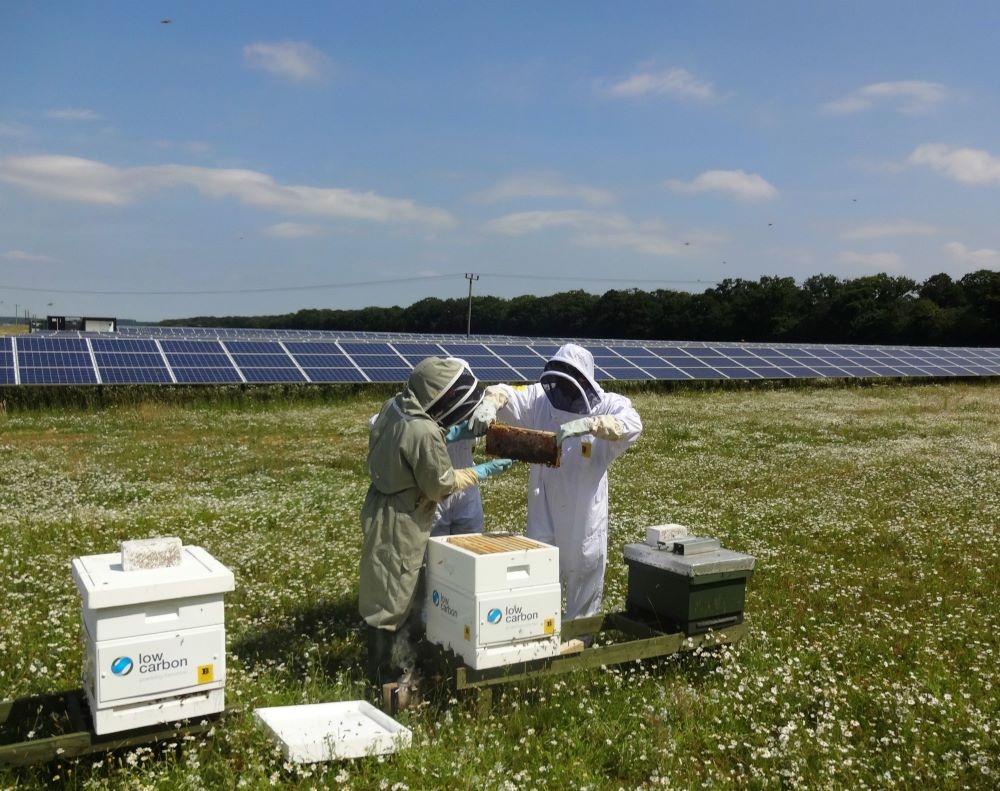Understanding honey bee behaviour
Warren Bader from Plan Bee shares his expertise and insight on honey bee behaviour and their critical role in the food chain
Understanding honey bee behaviour is crucial. Seventy-five per cent of food crops are dependent on animal pollination but, globally, we are facing a pollinator crisis due to a perfect storm of habitat loss, intensive agriculture, climate change, pests and disease. A big problem for honey bees is lack of suitable habitat for foraging brought about by the loss of hedgerows, woodland and meadows rich in plant species.
Spring is a crucial time for honey bees. Over winter, they will use up all their stores of honey. As winter progresses, they will start to produce brood and, as soon as the sun comes out in early spring, they need to gather nectar and pollen to replenish their stores. The protein from the pollen is used as food for the brood so it is vital that they have a wide variety of flowers available.
Investigation on which plants the honey bees used most during the spring. Results show that they rely on hedgerow and woodland species such as willow, hawthorn, and dandelion for most of their diet.
The main conclusion is that, during the spring, honey bees mostly use native hedgerow and woodland plants which means we must conserve these habitats.
The plants the honey bees used most abundantly are nearly all native plants (and their relatives) mostly found in hedgerows and woodlands.
Top 10 spring flowers foraged by honey bees for nectar and pollen
- Willow (Salix species)
- Hawthorn (Crataegus monogyna)
- Cotoneaster (e.g Cotoneaster horizontalis)
- Apple and cherry trees (Malus and Prunus species)
- Gorse (Ulex europaeus)
- Sycamore and other Acer species
- Hellebores (Helleborus species)
- Dandelions (Taraxacum officinale)
- Holly (Ilex species)
- Oak (Quercus species)
Top 10 garden plants:
- Peonies (Paeonia species)
- Camassia bulbs (Camassia species)
- Grape hyacinth (Muscari species)
- Viburnum (Viburnum species)
- Wallflowers (Erisymum species)
- Ornamental alliums (Allium species)
- Skimmia (Skimmia japonica)
- Anemone (e.g. Anemone blanda)
- Roses (species with open flowers like Rosa canina)
- Flowering currant (Ribes sanguineum)

